Thesis
by Ieva Valule2014
Despite technical limitations, many inventors experimented with the clumsy machinery, including ones using colored liquids and filtered daylight through colored glass in a darkened tent.
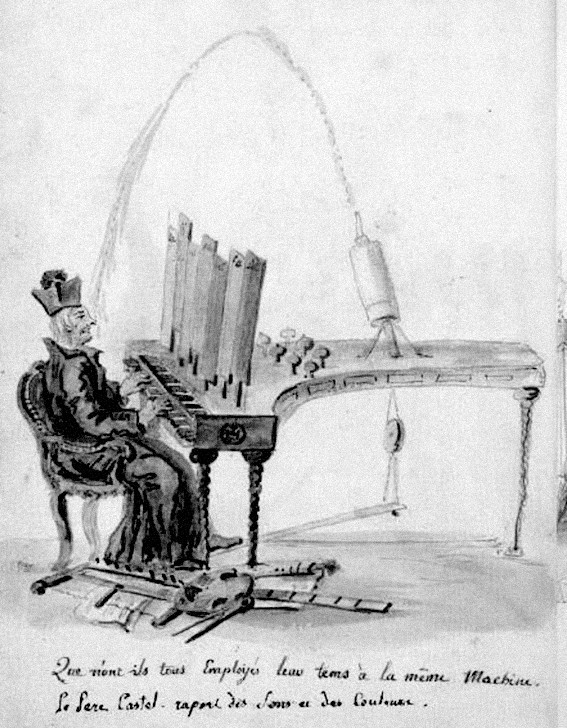
A caricature of Louis-Bertrand Castel's "ocular organ".
Also "Victorian Era" came with their unique tools to illustrate music like the chronotope slides (Figure 9) zoetropes (Figure 10) with abstract drawings and also early animation devices like phenakistoscopes (Figure 11) and praxinoscopes (Figure 12).
It seems to be that only sustainable tools to accompany music performance were invented by the time of the innovation of the electricity. This innovation opens new possibilities of using projection lights and moving lights. One of the pioneers of the electromechanical color organ was A. Wallace Rimington in 1915. In one of his shows he wanted that everyone in the audience wears white clothing, so the projected colors would be reflected on their bodies and the whole room. In 1920 world really experienced the revival of the color organ. By that time a group of theosophists wanted to build a color organ to demonstrate spiritual experiences. It was called the art of color-music projections - Lumia. It was fluid streams of lights slowly metamorphosing. One of the group’s members, Thomas Wilfred (1889-1968), built "lumia boxes" (Figures 13 and 14) that would look like a TV sets. They could play for days or months without repeating the same imagery motion. The trend of "Lumia" was a prominent art activity. By that time even a special institute of "Art of Light" was established in New York.
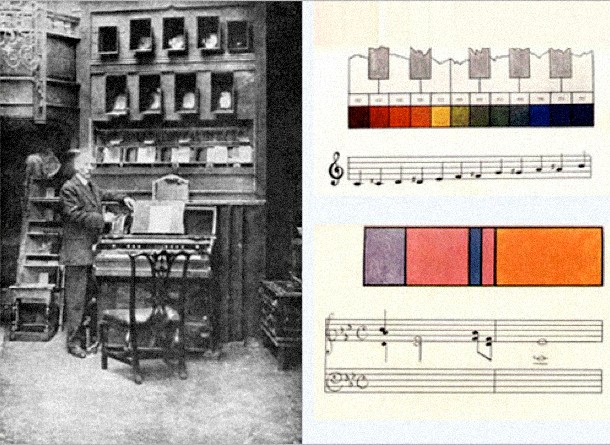
Around 1885 the painter Alexander Wallace Rimington built a Colour Organ in his home, it was over 3m high according historical notes and looked like a standard church organ. Coloured keys were arranged above a conventional keyboard, connected to a lens-and-filters system, allowing colours to be played. Various pedals changed the quality of a light, allowing dissolve-like effects.
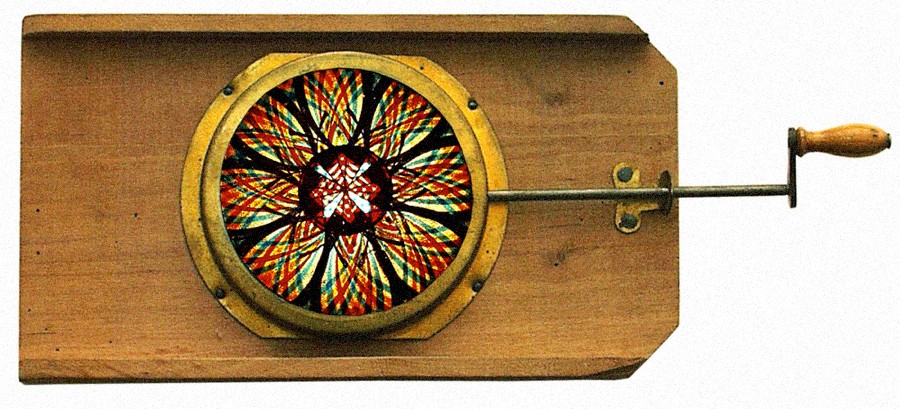
The glass discs are painted in blue, red, yellow and black arcs and their rotation produces a dazzling kaleidoscopic effect.
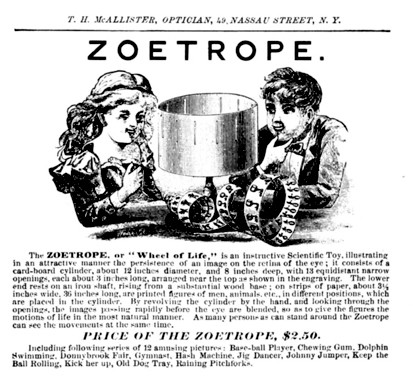
The glass discs are painted in blue, red, yellow and black arcs and their rotation produces a dazzling kaleidoscopic effect.
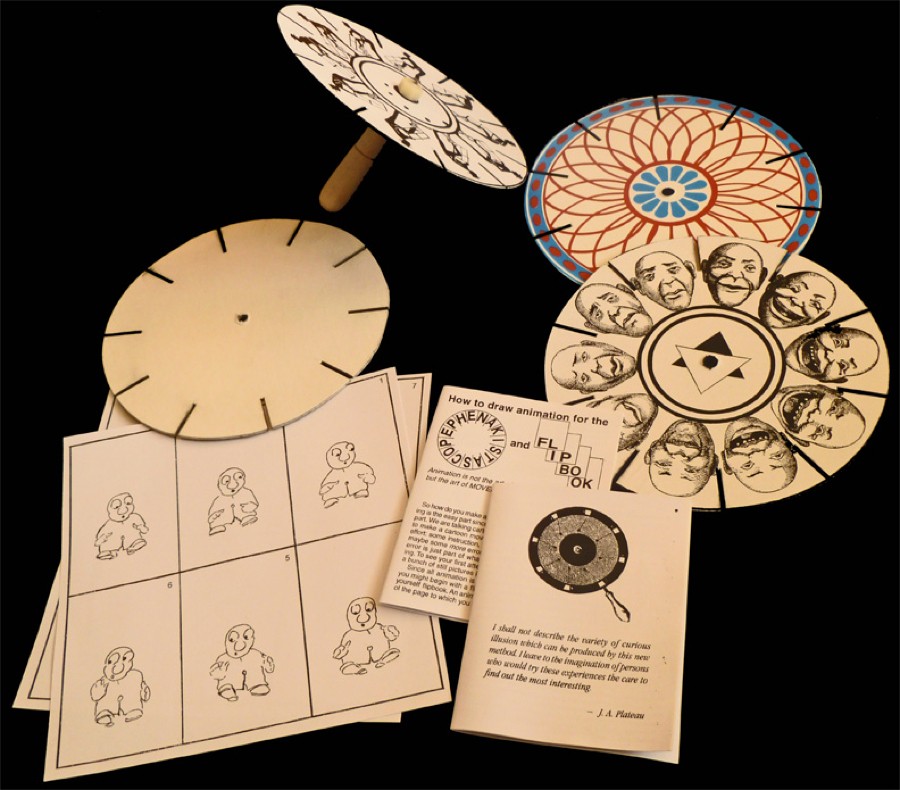
Figure 11. Phenakistoscope set.
The phenakistoscope uses a spinning disc attached vertically on a wooden handle. Around the center of the disc a series of pictures is drawn corresponding to frames of the animation; around its circumference is a series of radial slits. The user spins the disc and looks through the moving slits at the disc's reflection in a mirror, which makes the drawings seem to come to life.
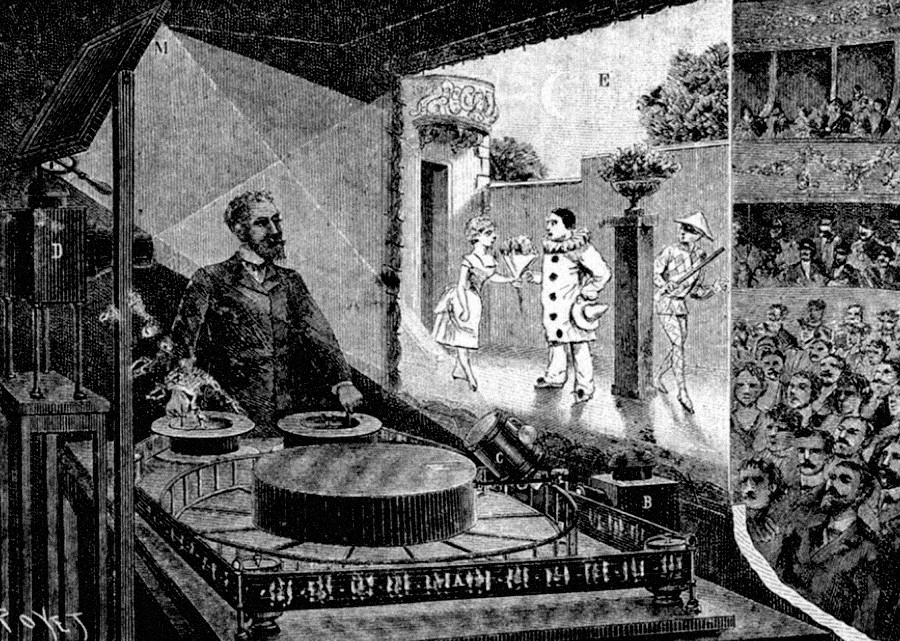
Figure 12. First public performance of Reynaud’s ‘Theatre Optique" in Paris 1892.
In 1889 Reynaud developed the Théâtre Optique praxinoscope, an improved version capable of projecting images on a screen from a longer roll of pictures. This allowed him to show hand-drawn animated cartoons to larger audiences, but it was soon eclipsed in popularity by the photographic film projector of the Lumière brothers.
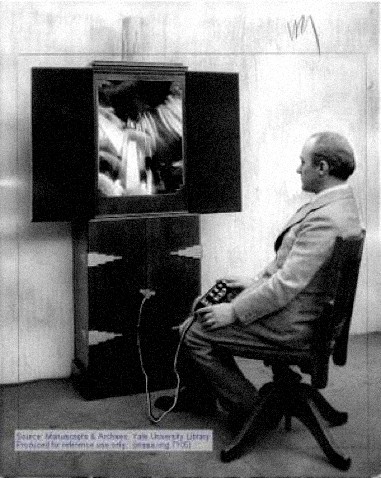
Figure 13. Thomas Wilfred - Lumia box - Living room Lumia
Small model of television entertainment – Lumia cabinet for living room viewing. While a small percentage of the public has seen a Lumia performance, those who have, always seemed to admire its swirling presence.

Figure 14. Thomas Wilfred - 15 Americans. New York MOMA. 1952
In the presentaion of Lumia work during this exhibition he described it a drama of a moving form and color, unfolding in a dark space.
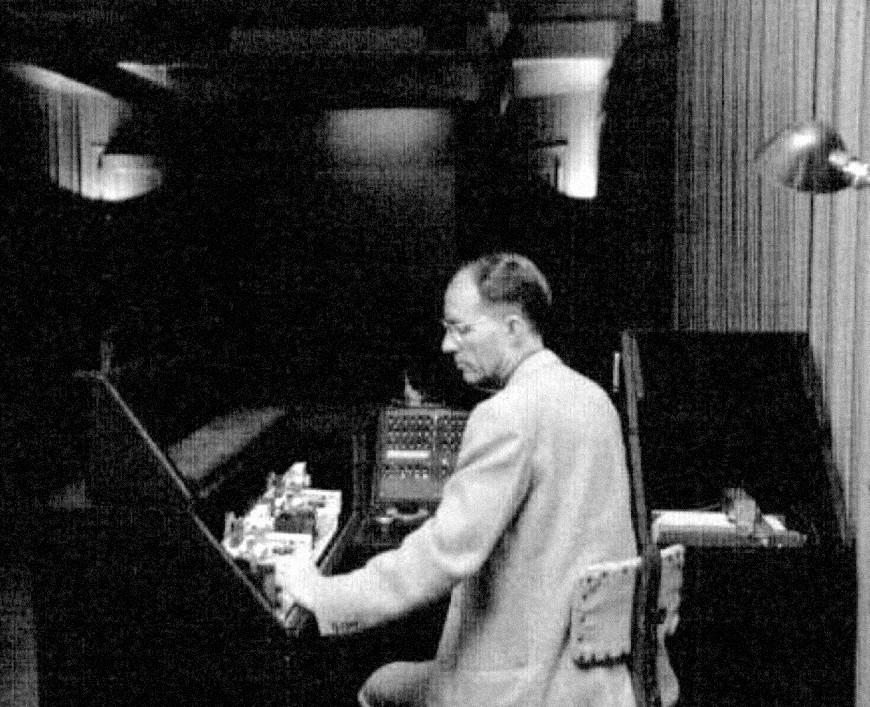
Figure 14. Thomas Wilfred - 15 Americans. New York MOMA. 1952
In the presentaion of Lumia work during this exhibition he described it a drama of a moving form and color, unfolding in a dark space.
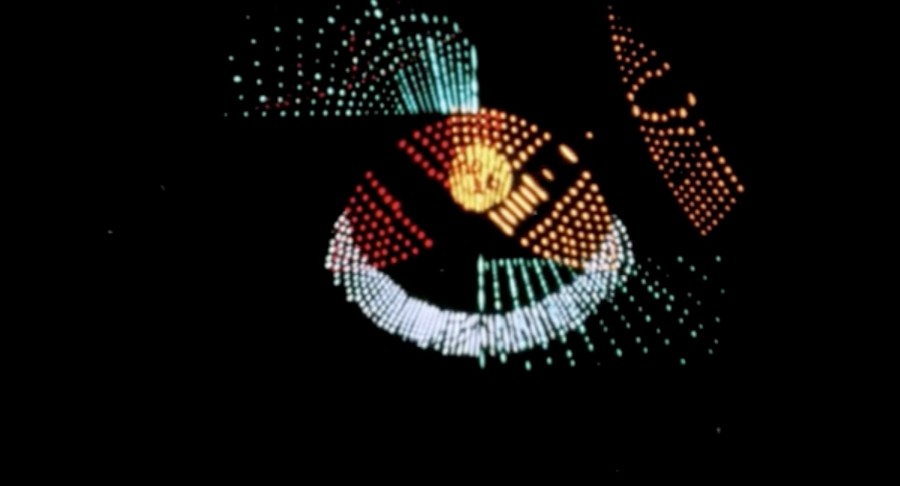
Figure 14. Thomas Wilfred - 15 Americans. New York MOMA. 1952
In the presentaion of Lumia work during this exhibition he described it a drama of a moving form and color, unfolding in a dark space.
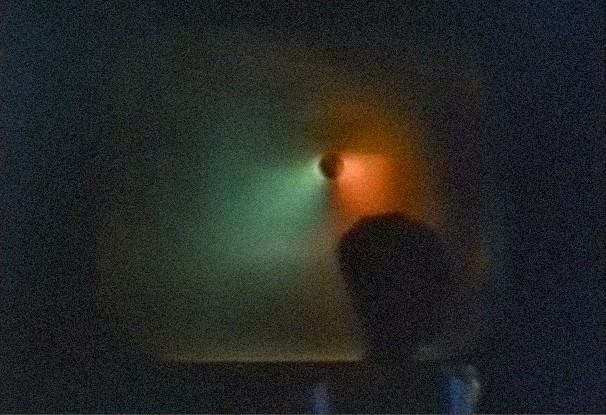
Figure 17. Lumigraph - Scene from The Time Travelers. 1964
This is a how the music of year 2071 was envisioned by film makers of 1964, as depicted in 1964's The Time Travelers starring Steve Franken and Delores Wells, Hence is was portrayed as ”love machine" that allows people to vent their sexual urges in a harmless sensuality.
As far as we care to look back in history it is interesting to observe this tremendous urge to visualize performance and execute countless “out of the box” ideas. Why “out of the box”? Now most likely all methods of visualizing and performing music is not imaginable without the electricity. Inventors and artists had to experiment with a hand and candle operated equipment before electricity was widely accessible in 1900s.
These machines were, arguably, the origins of the electronic visual music, as we comprehend it now. One of the most fascinating research links is to review the way how these inventions encoded the sound in to color. There is a theory that Castel based his instruments color scheme on Newton’s “Optics” [18] and Aristotle’s “De Sensu” [19]. Though a lot of other instruments are based on the coincidences or mapping that is purely aesthetically driven.
Many times during this research it was possible to observe coincidences between inventors and artists. Why is it that similar notes are represented by the same colour across different systems (Figure 18)? Also visual output of old-fashioned technology, which has been developed in the previous century, is still topical, but only achieved by nowadays electronic music visualizers and media player software (Figures 19 and 20). Hence these correspondences can be described as a collective synthetic experience or eventually it says something more about the human’s perception of visual music.
Newton, Isaac. (1721), Opticks, Or, A Treatise of the Reflections, Refractions, Inflections and Colours of Light. London: Printed for William and John Innys
[19] One of the short treatises about the nature by Aristotle.
Aristotle, and J. I. Beare. “On Sense and the Sensible. Blacksburg”, VA: Virginia Tech, 2001.
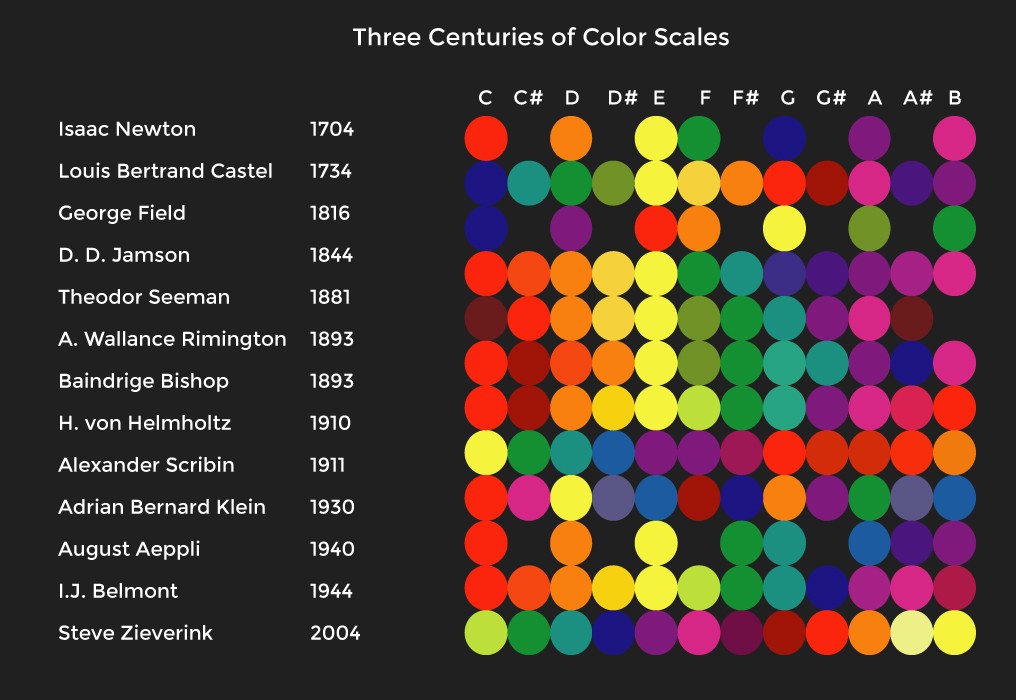
Figure 18. “Pitch to Hue” concepts that have been proposed and some were built into light instruments.
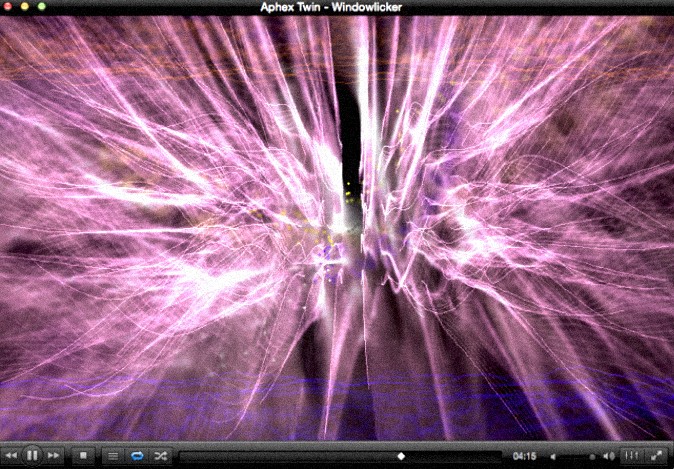
Figure 19. VLC open source multimedia player visualizations based on audio. 2014
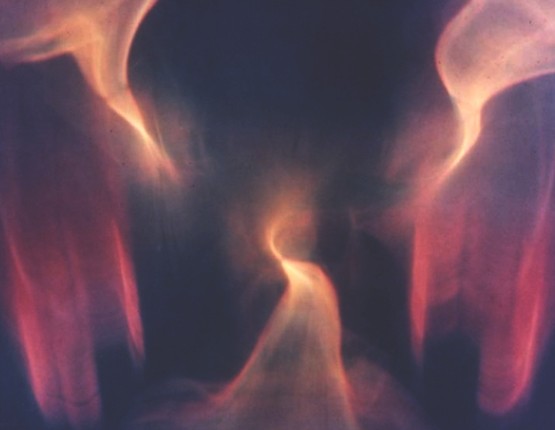
Figure 20. Lumia box - screen “Recorded Lumia”. 1950